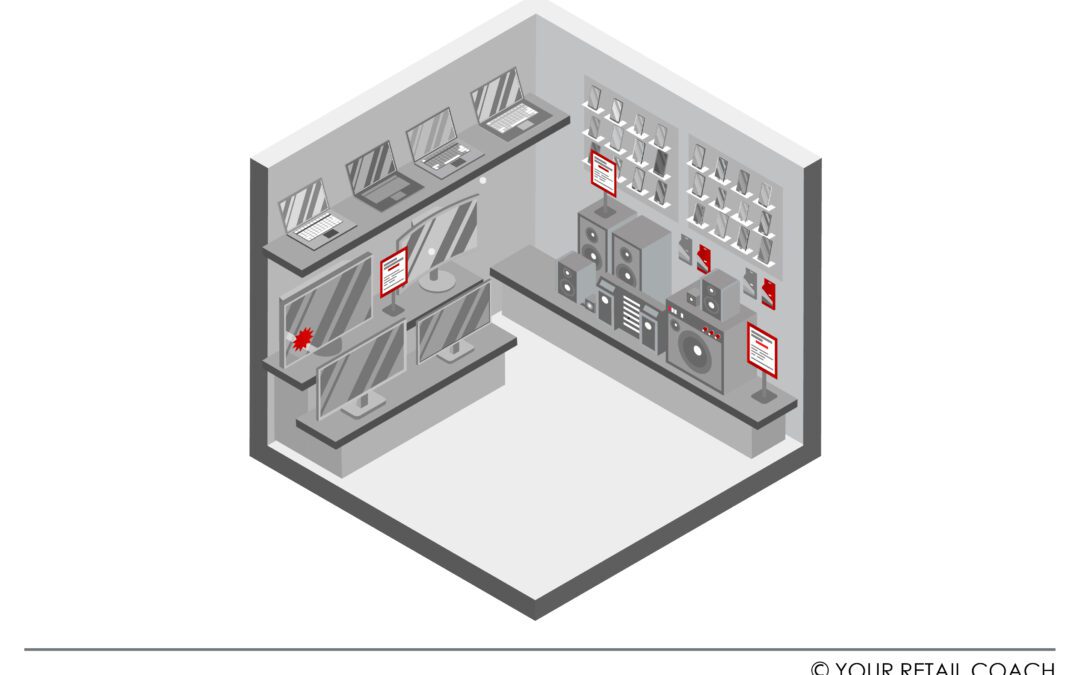The Curious Case of Demand for Electronics Products
Electronic devices like smartphones, laptops and home appliances like microwaves and refrigerators are no longer hallmarks of urbanisation. More than anything else, electronic products today fall in the realm of essentials. There may be ifs and buts into it but the utility of many electronics products cannot be simply denied.
Of course, the need varies from place to place or person to person. For example, a working individual may not necessarily see television as a necessity but having a reliable mobile phone is essential for various personal, domestic, and work-related activities. Or households can do without microwaves but the same cannot be said of refrigerators.
The demand for electronics products is also affected by geographical and climatic factors. Air Conditioners raise their hands to confirm this.
And as individuals and families make progress and development in the cycle of life, their requirements also tend to move up. A smaller washing machine will be replaced with a bigger, more advanced one. A minimalist smartphone will get replaced by a more advanced one.
These traits make the demand for electronic products ceaseless. This explains why it is tempting to start an electronics business. But this does not explain why only a few stores make it beyond survival and emerge successful. This blog delves into the elements of the success and survival of an electronics business.
8 Key Areas to Focus in Starting an Electronics Store
Niche Identification & Positioning (Business Modelling)
The electronics market anywhere in the world has become highly competitive in both online and offline formats. Without a reliable niche and positioning strategy, it is difficult for businesses to find a long-lasting impression on customers. There are many ways in which electronics businesses can achieve this. But it is best to start this process from inception i.e. when business ideas are being tossed and explored. The required insights and information is gathered through market research. Without niche and positioning, the cost of acquiring customers tends to spiral out of control.
Business Planning
No research is needed to tell that poor planning and budgeting lead to business failures. Therefore, it’s indispensable to create a financial & commercial plan before starting a business with the help of business planning experts. This plan acts as an insurance and roadmap averting overspending after a business comes into existence. Also, the investment required to start a retail electronics store is substantial; having a solid business plan helps attract investors.
Store Layout Planning, Visual Merchandising and Planogram
In a brick-and-mortar or physical electronics store, the layout planning, visual merchandising and planogram strategies provide multifarious leverage. First off, it leads to proper utilisation of space and merchandise maximisation. It makes a store visually more appealing which elevates customer experience and enhances the chances of successful cross-selling or up-selling. Customers tend to spend more time in stores that are well-organised, have visual appeal with proper lighting, and are spacious.
SOP-based Operations Planning (SOPs – Standard Operating Procedures)
SOPs serve as an operational blueprint or roadmap to run stores, warehouses, eCommerce order fulfilment, service and repairs, and back-office operations. Having no SOPs or operational handbooks or manuals hinder routine back-end operations which go on to hurt the frontline operations like sales and customer support. SOPs also help reduce wastage and enhance the effectiveness and efficiency of business processes and operations. There are numerous operational challenges in the retail electronics business and SOPs help to keep them at bay.
Website and Business Applications
Choosing the right web platform and applications is vital for online businesses. This applies to online startup electronics stores as well. Businesses need to ensure that websites and applications meet the business requirements in terms of:
- Overall and specific business goals and objectives including marketing ones
- User-friendliness (UX)
- Geographic compatibility
- Device compatibility
- CX objectives
- Safety and Security
- Costing, etc.
Reputation Management
We cannot emphasise more how important a strong and sustainable brand reputation is for any business. Electronics stores are no exception. This takes us to two important elements – the experience journey of customers. From advertising to after-sales support, every SPOC in the buyer shopping and consumption journey is capable of affecting customer experience. If this experience is good and consistent, the reputation is built and sustained.
Scope of Franchise Route
Associating with big banners has helped many small and medium-scale startups quickly attain success and stability. It takes care of a major concern of branding for retail electronics stores. Retailers can begin focusing sooner on growth and expansion concerns as most of the groundwork gets addressed by following the business model of the franchisor. Retailers get a head start for local market research instead of first finding what to find or validate from market research. However, adopting the franchise route does not negate the need for carrying out some other groundwork like evaluating and assessing the overall suitability of the franchisor’s business model in local market conditions, prevailing consumer behaviour, supply chain and distribution capabilities, funding, etc.
Omnichannel Strategy
Going omnichannel is something that electronics retailers should no longer see as an option. Omnichannel is the new reality of retailing. Omnichannel need not mean full-scale capabilities in both online and offline distribution and support networks. It only has to work in relevant ways that best serve the business interests. For example, a physical store can maintain a website for the virtual showcasing of its merchandise. It can contain content on educating customers on product selection. The website can have booking and ordering facilities for customers who are sure of what they want to buy. Omnichannel is about giving the best of both worlds.
Reach Us
To know more about our retail and eCommerce consulting services or to speak to one of our consultants, please drop us a message and we will reach out to you.











